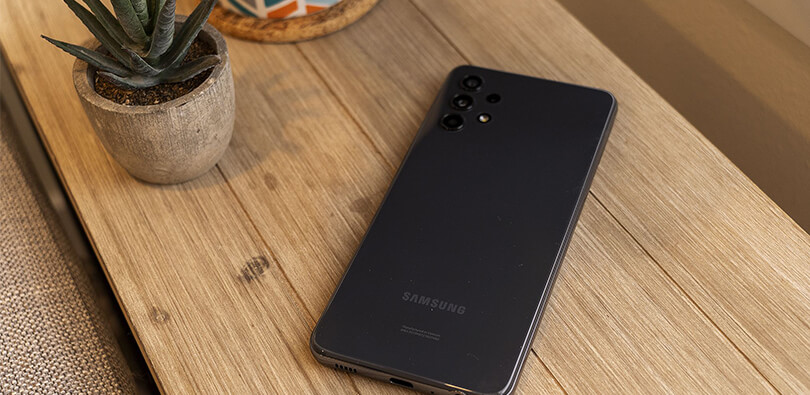10 years ago, Apple unveiled the iPhone 5, which, unlike previous generations, lacked the 30-pin connector and hit the market with a Lightning port. Thanks to the use of this port, users could insert the cable into the phone’s port regardless of the correct cable orientation. This is while, before Lightning, for other ports there was only one correct orientation.
However, the port that was once considered an exciting innovation has now frustrated many users, who are calling for the iPhone to switch to USB-C. Overall, Apple is one of the companies that does not rush to adopt new technologies. Here are 6 technologies that Apple adopted later than its competitors.
USB-C; 8 years

This feature is not yet in effect, but due to new EU regulations, Apple has no choice but to use a USB-C port for its 2023 iPhones. This law will come into effect in mid-2024, but analysts believe that Apple will not take a risk in this area and will use a USB-C port for the iPhone 15 series starting in 2023.
In addition to the European Union, the US and Brazil are also seeking to pass new laws to make the use of USB-C ports mandatory for all phones. The first Android phone equipped with this port was released in 2015, which means that next year, Apple will join this trend 8 years later than its rivals.
It should be noted that 5 years ago, the iPad Pro was released with a USB-C port, and although this trend continued for other iPad models, the company strongly resists abandoning the Lightning port. Meanwhile, it is also worth mentioning the 12-inch MacBook, which was introduced to users in 2015 with a USB-C port.
Sensor pixel binning technology; 4 years
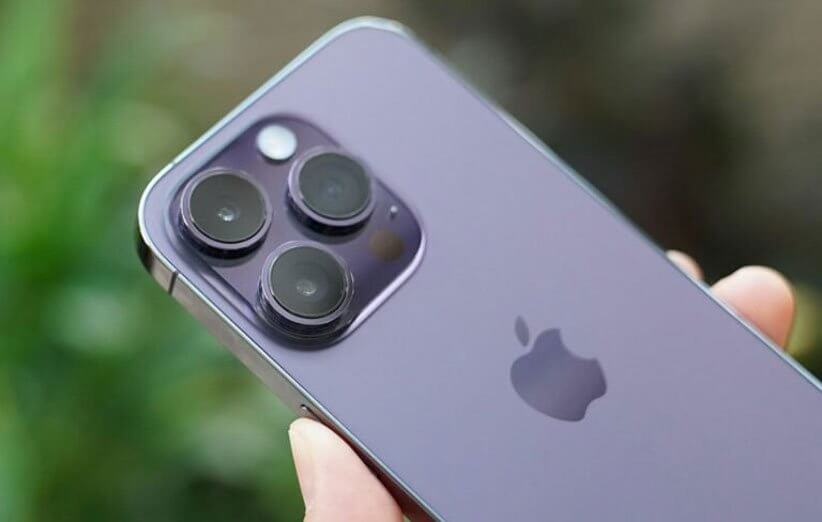
After years of using a 12-megapixel main camera for various models, Apple has this year launched the iPhone 14 Pro models with a camera sensor based on pixel binning technology.
For years, the Nokia 808 held the record for the highest mobile camera resolution with its 41-megapixel camera. In 2018, Huawei unveiled the P20 and Mate 20 phones with a 40-megapixel camera and came close to this record. Finally, in late 2018, Huawei and Honor introduced the first phones with 48-megapixel cameras.
One of the most important features of the Huawei P20 Pro camera was its use of pixel binning technology, which, in addition to improving photo quality in low-light environments, offered advantages such as the ability to take HDR photos without needing to combine several different photos. It should be noted that the Nokia 808’s camera sensor, in addition to its high resolution, also had a very large size. This phone’s sensor was so large that the sensors of the iPhone 14 Pro models are now considered to be almost the same size.
5G internet; 1.5 years
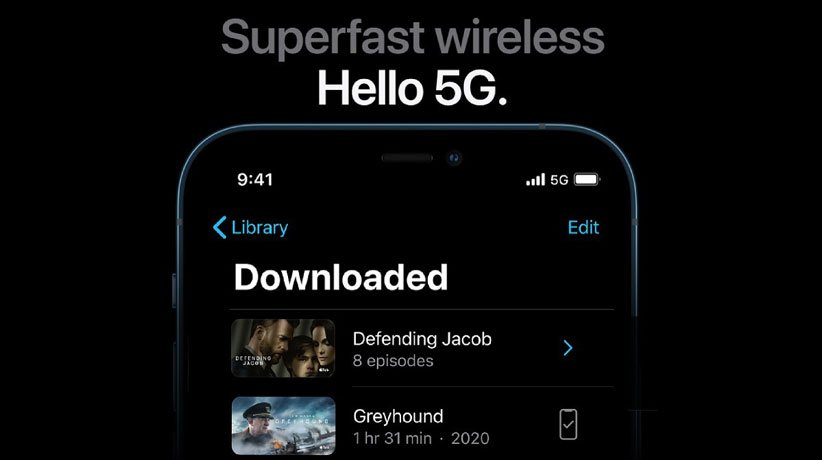
The iPhone 11 series phones were released in 2019 with a 4G model, and finally, for the iPhone 12 series, Apple turned to using a 5G modem. The main reason for this delay is not related to Apple’s usual stubbornness about using new technologies. Rather, this is due to the conflicts between Apple and Qualcomm and Intel’s failure in this area. Finally, after Intel accepted defeat in the field of 5G modem manufacturing, Apple and Qualcomm put aside their legal disputes and once again signed a cooperation agreement.
During that period, there were rumors about the iPhone using modems from Samsung, MediaTek, and even Huawei, but these rumors did not become reality. After Intel’s failure, Apple decided to personally enter this field, and for this reason, in 2019, it acquired the company’s mobile modem division for $1 billion. Some analysts believed that Apple would start using its own proprietary modems in 2023, but it seems the company has faced many challenges over modem-related patents.
The Galaxy S10 5G is considered the first phone based on this technology, which was released in 2019. Therefore, in total, Apple adopted this feature 18 months later than its old rival.
Always-on display; 6 years (at least)
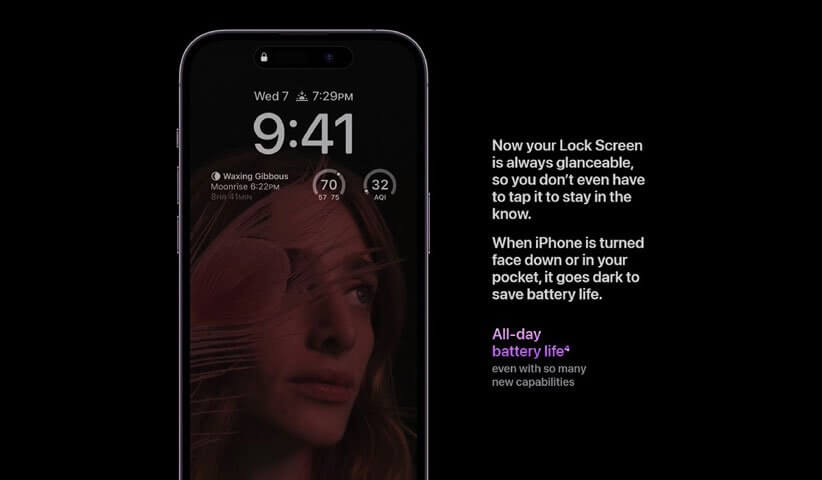
In 2019, Apple introduced the Always-on display feature for the Apple Watch 5 by using LTPO panels. But this feature, after years of waiting, has finally found its way to the iPhone 14 Pro models.
Years ago, when most Android phones used LCD displays, these phones could in a way simulate the Always-on display feature. But besides these phones, in 2016, phones like the Galaxy S7 and LG G5 were released as the first phones based on Always-on display technology. At that time, activating this feature put a lot of strain on the battery, but in recent years, the energy consumption of this feature has become much better.
Wireless charging; 8 years
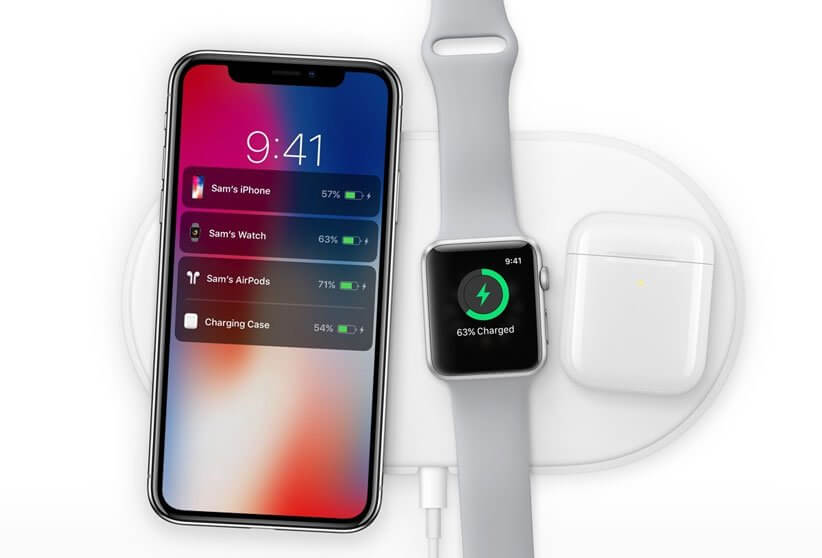
Like the Always-on display, the wireless charging feature also made its way to the Apple Watch at first. In fact, the first generation of the Apple Watch in 2014 also used this feature. The Palm Pre is considered the first phone equipped with this feature, which was released in 2009. For a few years, other than this phone and its subsequent generations, no other phone utilized this feature.
But finally, in 2012, phones like the Nokia 920 and Nexus 4 also reached users with wireless charging. Initially, phones used two different standards for wireless charging, but eventually, different companies agreed on using the Qi standard.
In 2017, Apple unveiled the iPhone X and iPhone 8, and these phones were equipped with wireless charging. In 2020, MagSafe technology also arrived, which allows users to charge their iPhones magnetically.

